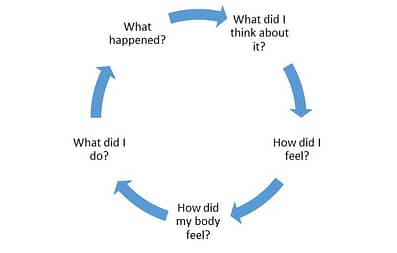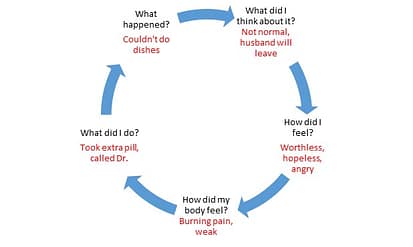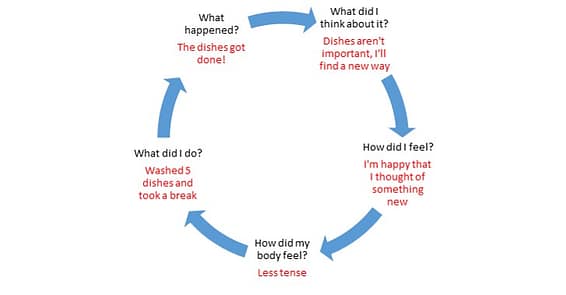Anyone who thinks that they are too small to make a difference has never tried to fall asleep with a mosquito in the room – Christine Todd Whitman
Not to confuse, or perhaps to confuse etymology and entomology when you put together the Spanish for fly – mosca and the diminutive suffix –ito together you get mosquito. A topic, an insect, of great interest in this, the possible summer of Zika.
The mosquito species of interest are the Aedes species – aegypti and albopictus (Asian tiger mosquito). The former as a known vector of arboviruses in the United States with a limited geographic range and albopictus as a possible, unquantified vector but with a wider range.
The range of the mosquito is limited by winter temperatures – isotherms – but exceptions exist, particularly in urban areas where species can winter in protected environments.
In the vector map below by Gardner, et. al., the solid circles represent the suitable habitat and relative risk for Aedes aegypti and clear circles Aedes albopictus with larger concentric circles representing higher total estimated relative risk. If you want to be mosquito free, move to Iceland, where both the cold temperatures and weather unpredictability are hostile to establishing a mosquito population.
The life-cycle of the mosquito runs the typical egg-larvae-pupae- adult stages. The Aedes species can breed in casual puddles such as artificial water containers, cupped leaves, bromeliad axils or notoriously in abandoned spare tires (with the curious physics that have them become upright in marshes). The eggs are also resistant to drying out and can enter diapause for several months if they dry out. The male of the species is a nectar feeding insect as is the female, until it is time to breed. A blood meal is needed to produce eggs. Different species prefer different hosts such as animals, birds, cold-blooded animals, insects, even fish.
Female mosquitos hunt their hosts by detecting CO2, visual recognition and body chemicals, in particular octenol produced by the host. Some unfortunate people are just genetically predetermined targets for mosquitos (we all know these people if you are not one of them). Preferred targets include type O blood, heavy breathers, those with a lot of skin bacteria, body heat and the pregnant. The antennae of mosquitos have 72 types of odor receptors, 27 are represented by chemicals in sweat. The male mosquito has bushy auditory receptors to hear the whine of the female (this paraphrase is from Wikipedia- really).
Most mosquitoes are crepuscular hunters – dawn and dusk – ominously the Asian tiger mosquito (a potential Zika vector) is a daytime feeder. Upon feeding the mosquito injects saliva as an anticoagulant. This serves as the transmission fluid for arboviruses such as Zika. The irritating and itchy bite is the result of histamine release in response to the bite.
Next Blog – How to protect yourself from mosquitos



